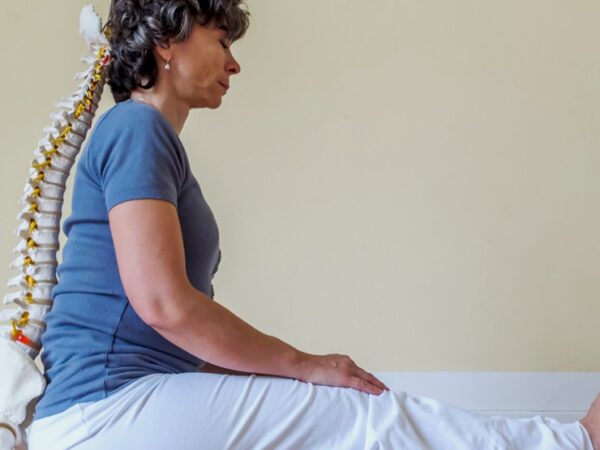Spinal decompression is a non-invasive procedure that can provide significant relief for patients suffering from chronic back pain, sciatica, herniated discs, and other spinal conditions. This procedure has been proven to be a safe and effective treatment for a variety of spinal ailments and can be used to improve the quality of life for your patients. In this article, we will discuss what to expect from spinal decompression so that you can make informed decisions when recommending this procedure to your patients.
How Does Spinal Decompression Work?
Spinal decompression works by applying a carefully controlled force to the spine, gently stretching the vertebrae, and creating negative pressure in the intervertebral discs. This decompression relieves pressure on nerves and other structures in the spine, allowing blood to flow more freely throughout the area. The increased circulation helps promote healing and reduces inflammation. Each session is tailored to the patient’s needs, which can range from an hour or two per week to several sessions a day.
What Conditions Can Spinal Decompression Treat?
Spinal decompression can be used to treat a variety of conditions, including herniated discs, sciatica, spinal stenosis, and degenerative joint disease. This procedure has been shown to reduce pain and discomfort associated with these conditions as well as improve vertebral movement and flexibility. It can also be used to treat other conditions, such as facet syndrome, post-operative pain, and bulging discs.
What Can Patients Expect During a Decompression Session?
During the procedure, the patient lies on a specially designed table and is comfortably secured with straps. The machine’s advanced postural-positioning capabilities ensure that the patient is properly positioned for maximum relief. The practitioner will then control the rate and intensity of the decompression to provide a safe and comfortable experience for the patient. This way, the chiropractic traction machine can gradually stretch the vertebrae, increasing the space between them and reducing pressure on the discs.
The treatment will aid in realigning the spine and improving flexibility and range of motion. The patient can expect improved posture, reduced pain and discomfort associated with spinal compression syndromes, and improved quality of life.
The Bottom Line
Now that you know what to expect from spinal decompression, you can feel confident in recommending this procedure to your patients. Spinal decompression has been proven to be a safe and effective treatment for a variety of spinal conditions and can be used to reduce pain and discomfort associated with compression syndromes. So, if you have a patient who is suffering from chronic back pain or other spine-related conditions, consider recommending spinal decompression as a potential solution. Your patients will thank you for it.


